|
|

|
Porsche, and the Porsche crest are registered trademarks of Dr. Ing. h.c. F. Porsche AG.
This site is not affiliated with Porsche in any way. Its only purpose is to provide an online forum for car enthusiasts. All other trademarks are property of their respective owners. |
|
|
  |
| McMark |
 Oct 8 2008, 08:02 PM Oct 8 2008, 08:02 PM
Post
#1
|
|
914 Freak!                Group: Retired Admin Posts: 20,179 Joined: 13-March 03 From: Grand Rapids, MI Member No.: 419 Region Association: None |
I'm working on painting my house and I have a few questions, or rather a few things that I'm not sure about. The house was built in 1941 and doesn't appear to have had a 'good' paint job since the original. There is a lot of cracking that goes down to the base wood. We've tried scraping the paint, and that gets the loose stuff off, but leaves 'ledges' that will obviously show through the new paint. We want to do it right, so how do we approach this? I've been using a DA orbital sander to 'feather' the edges, but with so many cracks, I feel like I'm stripping the paint off the whole house. I'm I going too far?
Also, there appears to be sealant/caulk between each slat of siding. That is cracking as well, so I've been cutting it all out and plan on recaulking all the joints. Am I correct in doing this? Attached thumbnail(s) 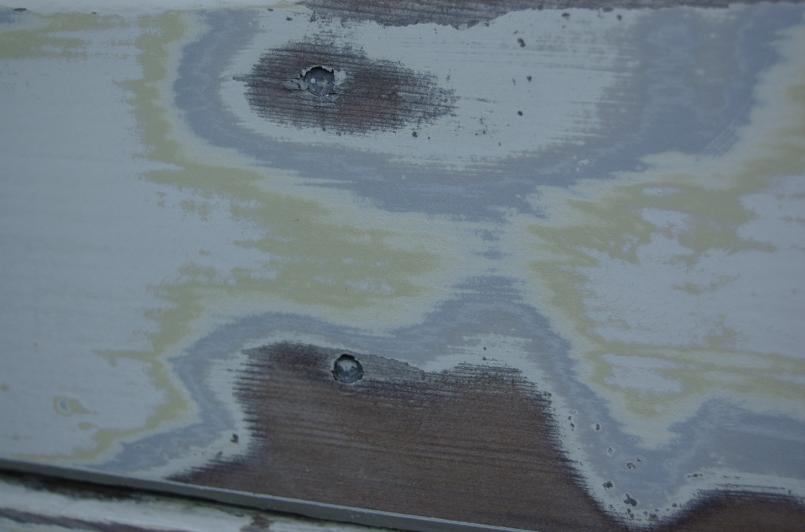 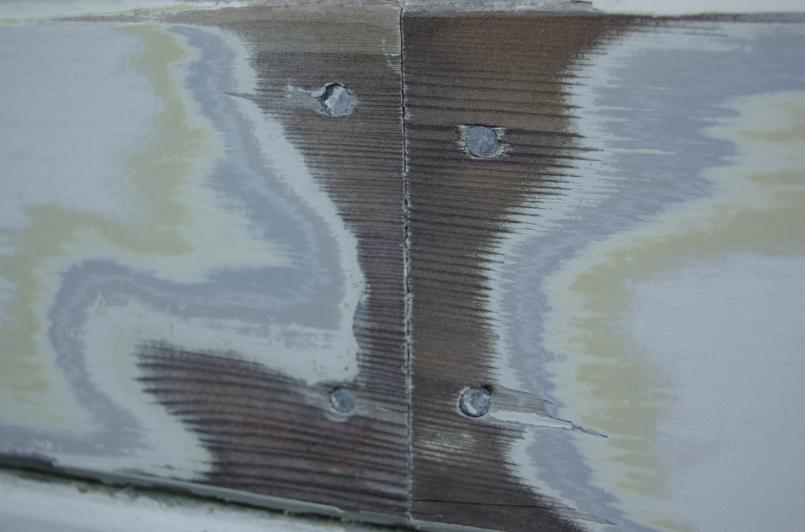 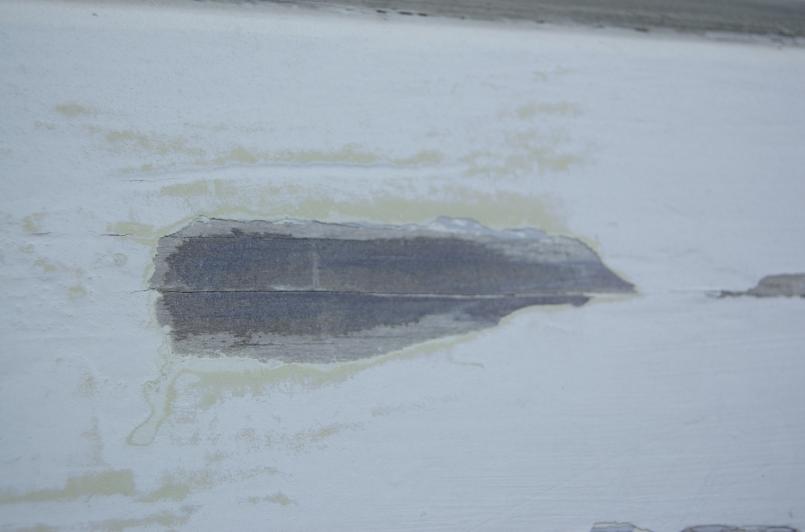 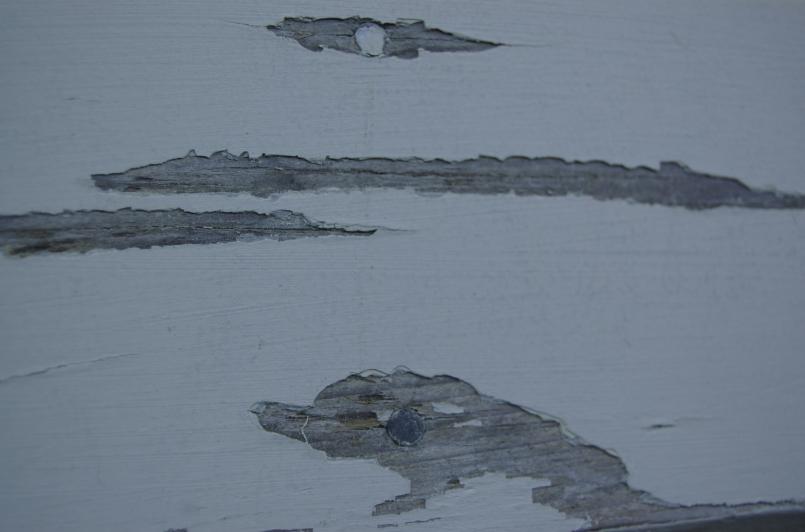 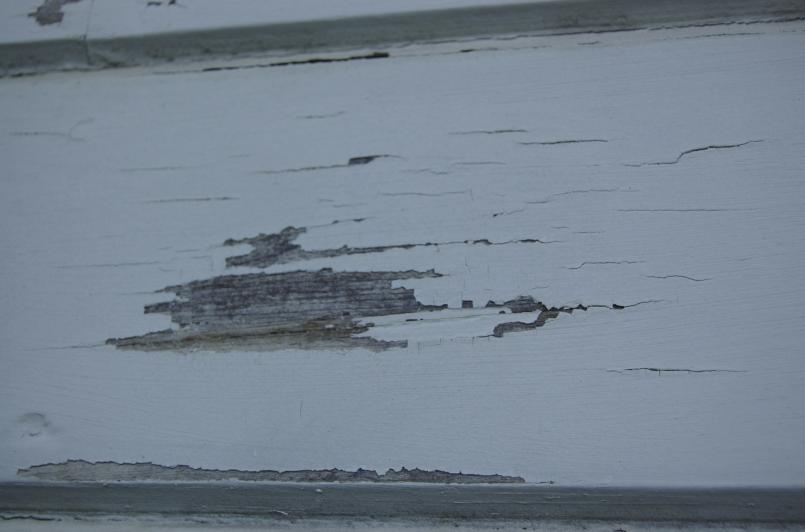 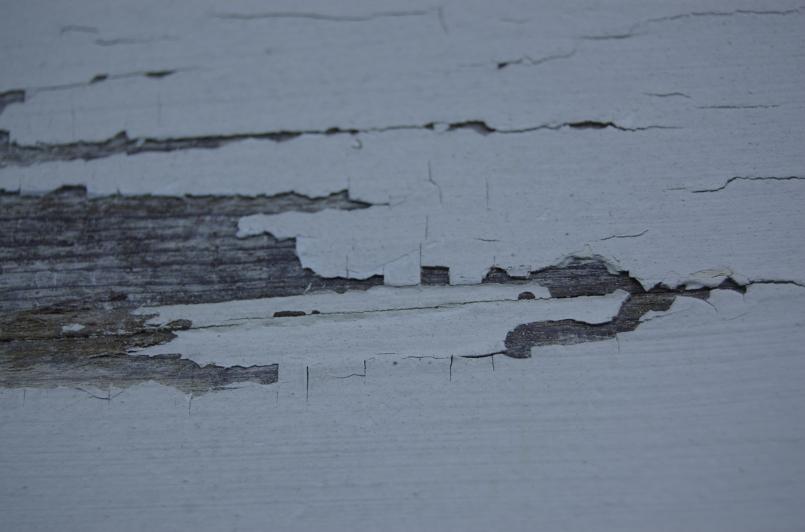
|
| r_towle |
 Oct 8 2008, 08:14 PM Oct 8 2008, 08:14 PM
Post
#2
|
|
Custom Member                Group: Members Posts: 24,574 Joined: 9-January 03 From: Taxachusetts Member No.: 124 Region Association: North East States 
|
Start by pressure washing the house.
If anything survives pressure washing, you can sand it and paint over it. If it does not survive a very aggressive pressure wash, it would not have held paint anyways. DO NOT use the pressure washer at 90 degrees to the old wood siding, you can drill a hole with it. Then sand and feather the edges. Prime all bare wood...stuff paint in the joints to seal the wood. the caulk everything you want, but never caulk bare wood or it will just suck out the oil in the caulk (Use Phenoseal caulk..nothing else) Choose an oil based primer if you can buy that in CA...it behaves like a sealer on a car...it will make everything the same shade. Spend money on primer...its cheaper than paint. then pick a nice latex top coat...it can be srayed (so can the primer) with a wagner power painter and then you do whats called back brushing. the point is the sprayer gets the paint on alot faster. Rent all the tools..sprayer, ladders and power washer. If you are spraying, rent three ladders the same size..put them right next to each other. With two people you can never come down and the bottom person will just move the ladders in bunny hop style, you just climb from one to the next...its alot faster than setting up staging... Rich |
| pjf |
 Oct 8 2008, 08:29 PM Oct 8 2008, 08:29 PM
Post
#3
|
|
Member   Group: Members Posts: 132 Joined: 27-September 04 From: Ipswich, MA Member No.: 2,840 |
The problem with sanding a house of your vintage is that the original paint was probably lead paint. I have a house built in the 40's and after doing some sanding it ocurred to me that I should check. You can get an inexpensive lead paint test kit at most hardware stores and places like Home Depot. Sure enough the test showed positive so I asked my local paint store what I should do about the different levels caused by the peeling paint. After removing all the loose stuff with either pressure washing or scaping they recommended Bondo. I know, Bondo is for cars, not houses but I got enough "second opinions" to convince me it was legit. I've tried it on several spots on my house and so far it seems to be working. I've been putting it on primed wood, not bare. You have to work in small batches, make sure you use enough hardener so it sets up hard so you can sand later but it seems to be doing the trick: leveling things off without raising a cloud of lead dust. It also works for any other irregularities like nail holes and minor cracks. I also agree that Phenoseal is the chaulk to use. Good luck and remember all the money you're saving by doing it yourself.
|
| degreeoff |
 Oct 8 2008, 08:54 PM Oct 8 2008, 08:54 PM
Post
#4
|
|
I like big butts and I can not lie!    Group: Members Posts: 1,622 Joined: 9-February 03 From: Booowieeee MD (near DC) Member No.: 275 Region Association: MidAtlantic Region |
OK I AM a pro here as the name of my company is....day by day painting & carpentry LLC. (mhic# 86754)
The question here is how anal are you? The Purrrfect way is how you are going about it. Is it too much work.....YES!! I would power wash to get the loose stuff off and then scrape as much as you can but just where the paint is lifting.....you COULD scrape all the paint off if you wanted by being over zealous. Then you prime the bare spots and paint a couple coats....done OR you could be really anal and continue the way you are but in 5-6 years you'll be doing it agian... and again and again.........:-) scrape prime paint every 4-6 years and you'll be straight enough for most! BTW it is lead based under there some where..... Josh |
| orange914 |
 Oct 8 2008, 09:02 PM Oct 8 2008, 09:02 PM
Post
#5
|
|
http://5starmediaworks.com/index.html     Group: Members Posts: 3,371 Joined: 26-March 05 From: Ceres, California Member No.: 3,818 Region Association: Northern California |
my house was built in 57 and had identical issues. but the BEST thing i did was to have it color stuco'd. i'll never have to paint again, it helped tremendiously with insulation, upgraded the looks and the resale too.
just my 02 (IMG:style_emoticons/default/smile.gif) , it's worth it (IMG:style_emoticons/default/beerchug.gif) mike |
| craig downs |
 Oct 8 2008, 09:49 PM Oct 8 2008, 09:49 PM
Post
#6
|
|
Senior Member    Group: Members Posts: 768 Joined: 25-November 05 From: mira loma ca. Member No.: 5,189 Region Association: Southern California |
(IMG:style_emoticons/default/agree.gif) with Josh
You could use a grinder with a sanding disk and finish it with a da but be careful not to dig into the wood. That would speed things up |
| Dr. Roger |
 Oct 8 2008, 11:45 PM Oct 8 2008, 11:45 PM
Post
#7
|
|
A bat out of hell.     Group: Members Posts: 3,944 Joined: 31-January 05 From: Hercules, California Member No.: 3,533 Region Association: Northern California |
All that loose caulking and filler needs to be replaced. Then wait 'till it dries and SHRINKS... and it will....
After you hit all of the flaking patches with your orbital, and spray it with some seriously good heavy fill primer back-brushing will give it a moderate filling effect. You may be surprised in it's ability, I was. then another coat of premium latex (looks best brushed) and you're golden. In Cali, I use Kelly Moore but I'm sure others have their favorite. I've been painting for the past 2 years for a friend and tried a couple of other brands and I like the coverage and workability of this product best. or you could do the whole thing in oil..... it does help with adhesion, sealing, and looks great. Turns clean-up into a project though. |
  |
1 User(s) are reading this topic (1 Guests and 0 Anonymous Users)
0 Members:

|
Lo-Fi Version | Time is now: 17th May 2024 - 07:54 PM |
Invision Power Board
v9.1.4 © 2024 IPS, Inc.







